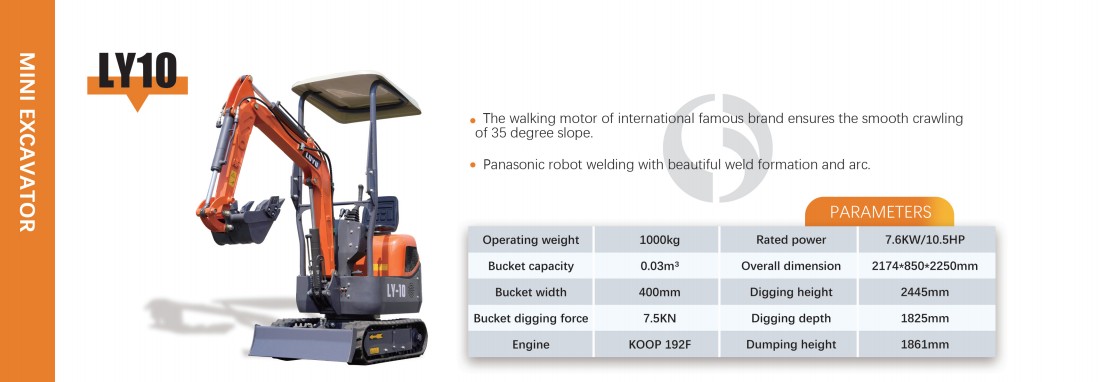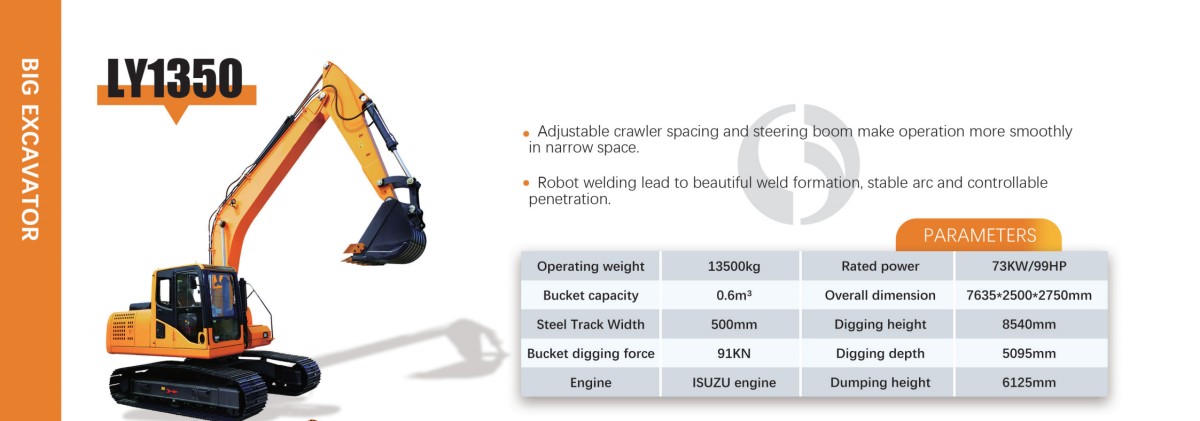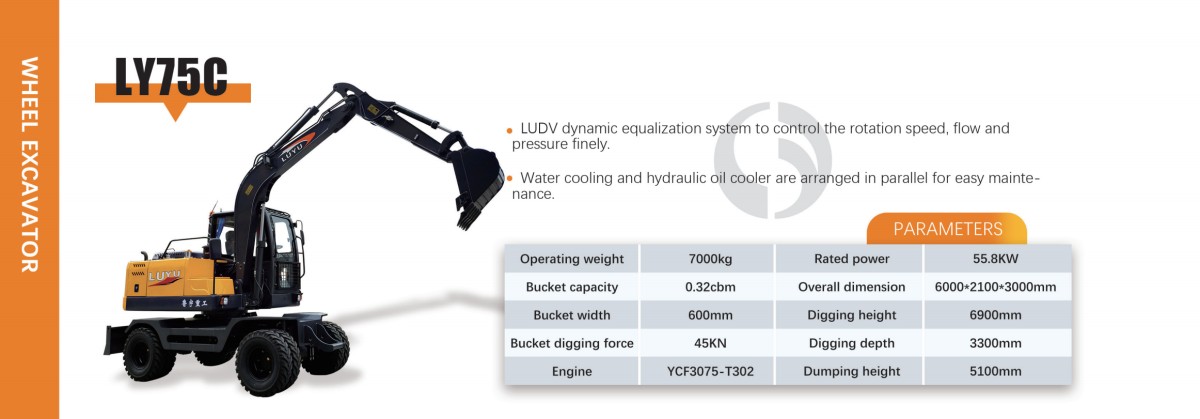The introduction of robotic welding capabilities for wheel loaders provides a more efficient and precise production method for loader manufacturing. China's loader welding technology has developed significantly in recent years. The heavy machinery industry, in particular, has continued to catch up with the international advanced level in welding technology.

Innovation in welding technology of Luyu loaders
To ensure the stability and excellence of weld quality, we adopt Panasonic intelligent robot welding.
Before welding Robot first ultrasonic flaw detection, check the steel plate, if the steel plate has damage, Robot will stop and issue an alarm.
Luyu stipulate that Robot carries out two welding passes and the weld seam should be 1cm wide.


Advantages of LUYU loader welding technology
Enhance product quality: Through precise welding technology, we ensure that each weld achieves the optimum welding quality, which enhances the overall quality of the product. robot welding process does not jitter, so there is no false welding, thus ensuring that the weld seam is flat and smooth.
Enhanced safety: Reduces the need for operators to perform welding operations in high-risk environments, thereby reducing the risk of workplace accidents.
Enhanced productivity: The automated welding process speeds up production, shortens the delivery cycle, and improves the market competitiveness of the enterprise. LUYU's shipping speed has been recognized by customers.

Chinese loader manufacturers commonly adopt digital control and intelligent welding systems to monitor the welding process and ensure consistent welding quality. LUYU uses high alloy wire and advanced welding filler materials to improve the wear and corrosion resistance of the welded joints.











